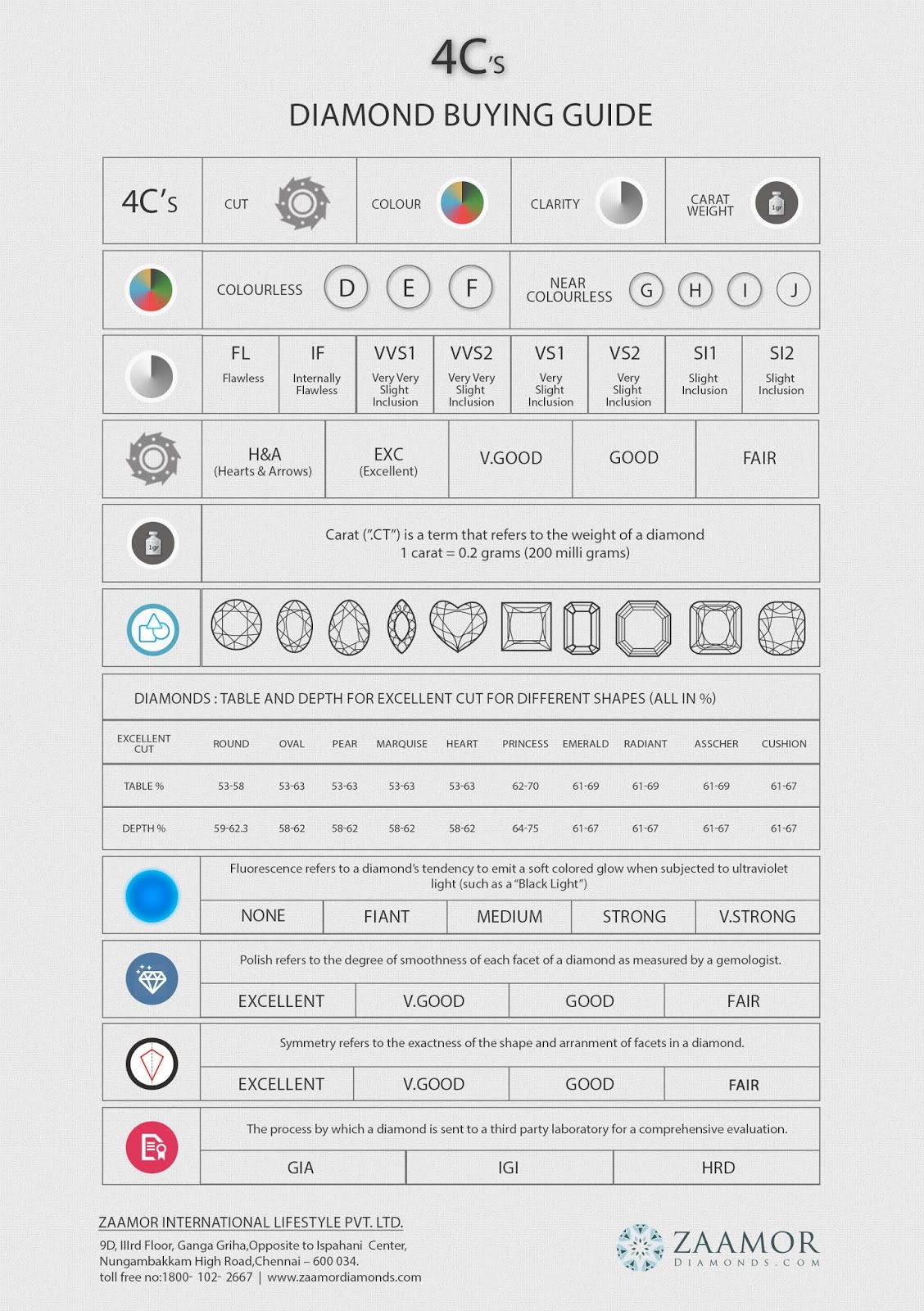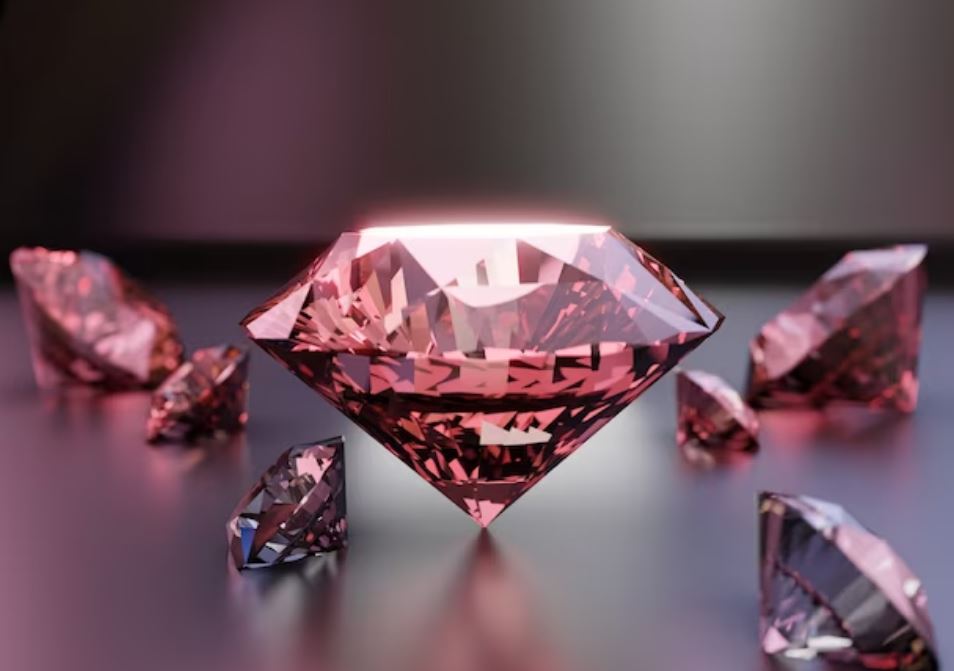A Comprehensive Guide To Understanding Diamond Jewelry Bills: Your Essential Guide To Purchase Transparency
A Comprehensive Guide to Understanding Diamond Jewelry Bills: Your Essential Guide to Purchase Transparency
Related Articles: A Comprehensive Guide to Understanding Diamond Jewelry Bills: Your Essential Guide to Purchase Transparency
Introduction
With enthusiasm, let’s navigate through the intriguing topic related to A Comprehensive Guide to Understanding Diamond Jewelry Bills: Your Essential Guide to Purchase Transparency. Let’s weave interesting information and offer fresh perspectives to the readers.
Table of Content
- 1 Related Articles: A Comprehensive Guide to Understanding Diamond Jewelry Bills: Your Essential Guide to Purchase Transparency
- 2 Introduction
- 3 A Comprehensive Guide to Understanding Diamond Jewelry Bills: Your Essential Guide to Purchase Transparency
- 3.1 Deciphering the Details: Key Components of a Diamond Jewelry Bill
- 3.2 The Importance of a Detailed Diamond Jewelry Bill
- 3.3 FAQs Regarding Diamond Jewelry Bills
- 3.4 Tips for Ensuring a Transparent Purchase
- 3.5 Conclusion: Your Guide to Informed Purchases
- 4 Closure
A Comprehensive Guide to Understanding Diamond Jewelry Bills: Your Essential Guide to Purchase Transparency

Navigating the world of diamond jewelry can be a dazzling experience, but it’s crucial to approach it with a discerning eye. Understanding the format of your diamond jewelry bill is paramount to ensuring a transparent and satisfactory purchase. This comprehensive guide will dissect the key elements of a diamond jewelry bill, providing you with the knowledge to confidently evaluate your purchase and safeguard your investment.
Deciphering the Details: Key Components of a Diamond Jewelry Bill
A diamond jewelry bill, often referred to as a receipt or invoice, is a vital document that serves as a detailed record of your purchase. It outlines the specifics of the jewelry you acquired and provides crucial information for future reference, insurance claims, or even resale.
1. Basic Information:
- Seller Information: The bill should clearly display the name, address, and contact information of the seller. This ensures accountability and facilitates communication if any issues arise.
- Buyer Information: The bill should include your name, address, and contact details. This helps maintain a record of your purchase and facilitates any necessary follow-up.
- Date of Purchase: The date of purchase is a critical element for tracking the age of your jewelry and determining its value over time.
2. Itemized Description:
- Jewelry Description: The bill must provide a detailed description of the jewelry purchased, including the type (ring, necklace, earrings, etc.), metal type (gold, platinum, silver), and any specific design features.
-
Diamond Details: This section is where the specifics of the diamonds are outlined:
- Carat Weight: The total weight of the diamonds in the piece, measured in carats.
- Color Grade: A letter-based grading system (ranging from D, the most colorless, to Z, the most yellow) indicating the diamond’s color.
- Clarity Grade: A letter-based grading system (ranging from FL, flawless, to I3, inclusions visible to the naked eye) indicating the clarity of the diamond, meaning the presence and visibility of internal imperfections.
- Cut Grade: A letter-based grading system (ranging from Excellent to Poor) indicating the quality of the diamond’s cut, which affects its brilliance and sparkle.
- Shape: The shape of the diamond (round, princess, emerald, etc.).
- Number of Stones: The number of individual diamonds used in the piece.
- Metal Details: The bill should specify the type and karat of the metal used (e.g., 18k gold, platinum).
3. Pricing Breakdown:
- Diamond Cost: This section outlines the price of the diamonds based on their individual specifications.
- Metal Cost: The price of the metal used in the piece, calculated based on its weight and karat.
- Labor Cost: The cost of craftsmanship and labor involved in creating the piece.
- Tax: Any applicable sales taxes.
- Total Price: The sum of all costs, representing the final price you paid.
4. Additional Information:
- Warranty Information: Some jewelers offer warranties on their pieces. The bill should specify any warranty terms, including duration and coverage.
- Payment Method: The bill should clearly state the method of payment used (cash, credit card, etc.).
- Salesperson Information: The name of the salesperson who assisted you with the purchase.
- Invoice Number: A unique identification number for the transaction.
The Importance of a Detailed Diamond Jewelry Bill
Beyond its function as a receipt, a detailed diamond jewelry bill holds significant value for both the buyer and the seller.
- Transparency and Trust: A comprehensive bill demonstrates transparency and builds trust between the buyer and seller. It ensures both parties are on the same page regarding the purchase details and avoids any potential misunderstandings.
- Accurate Valuation: The bill serves as a reliable record of the jewelry’s value at the time of purchase. This information is crucial for insurance purposes, as it helps determine the appropriate coverage for the piece.
- Resale Potential: If you ever decide to sell your diamond jewelry, the bill can be a valuable tool for establishing its value. It provides proof of origin and detailed specifications, which can aid in negotiating a fair price.
- Legal Documentation: In the event of any disputes or legal issues, the bill serves as a vital piece of documentation. It provides irrefutable evidence of the purchase and can be used to support your claims.
FAQs Regarding Diamond Jewelry Bills
1. What if my bill does not include all the information mentioned above?
If your bill lacks certain details, it is essential to contact the seller and request clarification. A reputable jeweler should be willing to provide additional information or amend the bill to ensure it is comprehensive.
2. Can I request a copy of the diamond grading report?
Reputable jewelers will provide a copy of the diamond grading report issued by a reputable gemological laboratory, such as the Gemological Institute of America (GIA) or the American Gem Society (AGS). This report should be included with your jewelry bill.
3. What if the information on my bill is incorrect?
If you notice any discrepancies in the information on your bill, it is crucial to contact the seller immediately. They should be able to rectify the error and provide you with a corrected bill.
4. How long should I keep my diamond jewelry bill?
It is highly recommended to keep your diamond jewelry bill indefinitely. It serves as a valuable record of your purchase and can be essential for insurance claims, resale, or any future inquiries.
Tips for Ensuring a Transparent Purchase
- Request a Detailed Bill: Before finalizing your purchase, request a detailed bill that includes all the information mentioned above.
- Verify Diamond Grading Reports: Ask for copies of the diamond grading reports and verify their authenticity.
- Compare Prices: Shop around and compare prices from different jewelers before making your purchase.
- Read the Warranty: Carefully review any warranty terms and conditions before signing any documents.
- Keep Records Organized: Store your diamond jewelry bill in a safe and accessible location for future reference.
Conclusion: Your Guide to Informed Purchases
Understanding the format of your diamond jewelry bill is a crucial step in ensuring a transparent and satisfying purchase. By carefully examining the bill and asking relevant questions, you can gain confidence in your investment and enjoy your beautiful jewelry for years to come. Remember, a detailed bill is not just a receipt; it is a valuable document that safeguards your purchase and serves as a testament to your discerning taste.




![Understanding Diamond Clarity [Comprehensive Guide] Willyn Villarica](https://willynvillaricajewelry.com/wp-content/uploads/2021/09/31-Understanding-Diamond-Clarity-Comprehensive-Guide.png)



Closure
Thus, we hope this article has provided valuable insights into A Comprehensive Guide to Understanding Diamond Jewelry Bills: Your Essential Guide to Purchase Transparency. We hope you find this article informative and beneficial. See you in our next article!
You may also like
Recent Posts
- The Allure Of Cubic Zirconia: A Comprehensive Guide To Its Beauty And Versatility
- The Evolution Of Jewelry Design: Embracing The Power Of CAD
- Corfe Castle: A Journey Through Time In The English Countryside
- Restoring A Precious Symbol: Repairing A Cut Ring
- A Comprehensive Guide To Silver Jewelry In Chennai: Unveiling The City’s Silver Treasures
- A Glimpse Into Kolkata’s Golden Legacy: Exploring City Gold Jewellery
- Navigating The Landscape Of Charitable Giving: Supporting Local Communities In The Wake Of COVID-19
- Corfe Castle And Village: A Journey Through Time
Leave a Reply